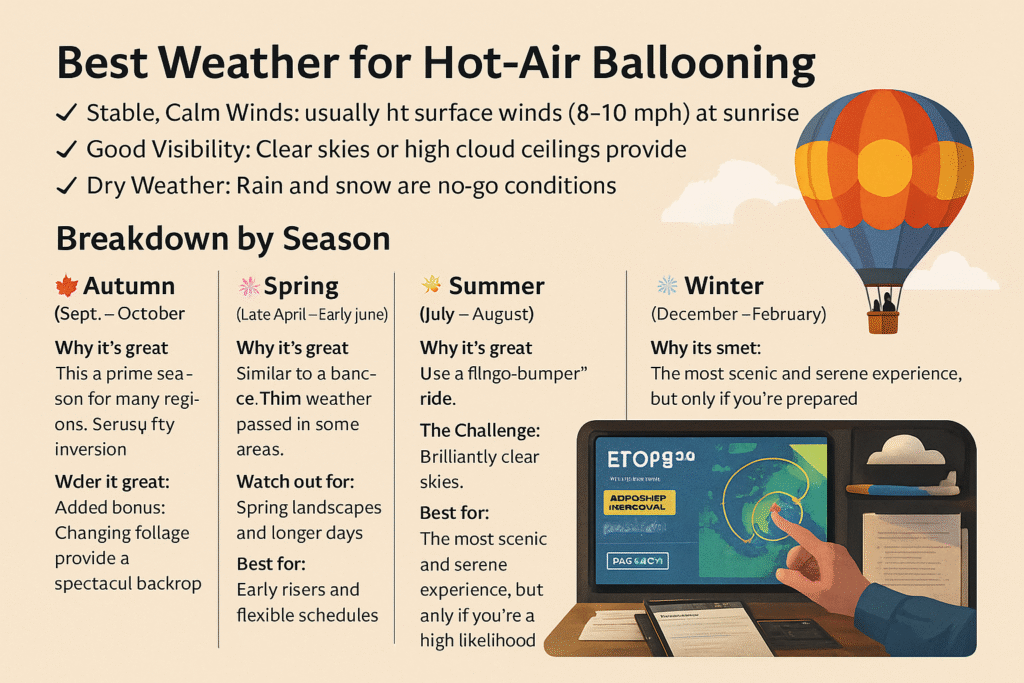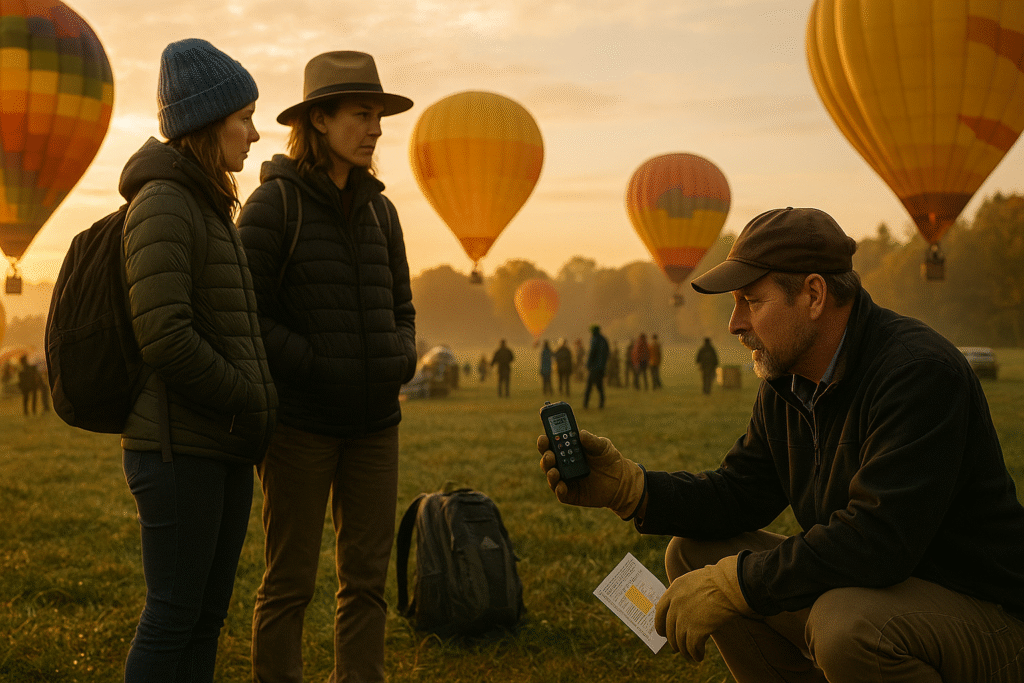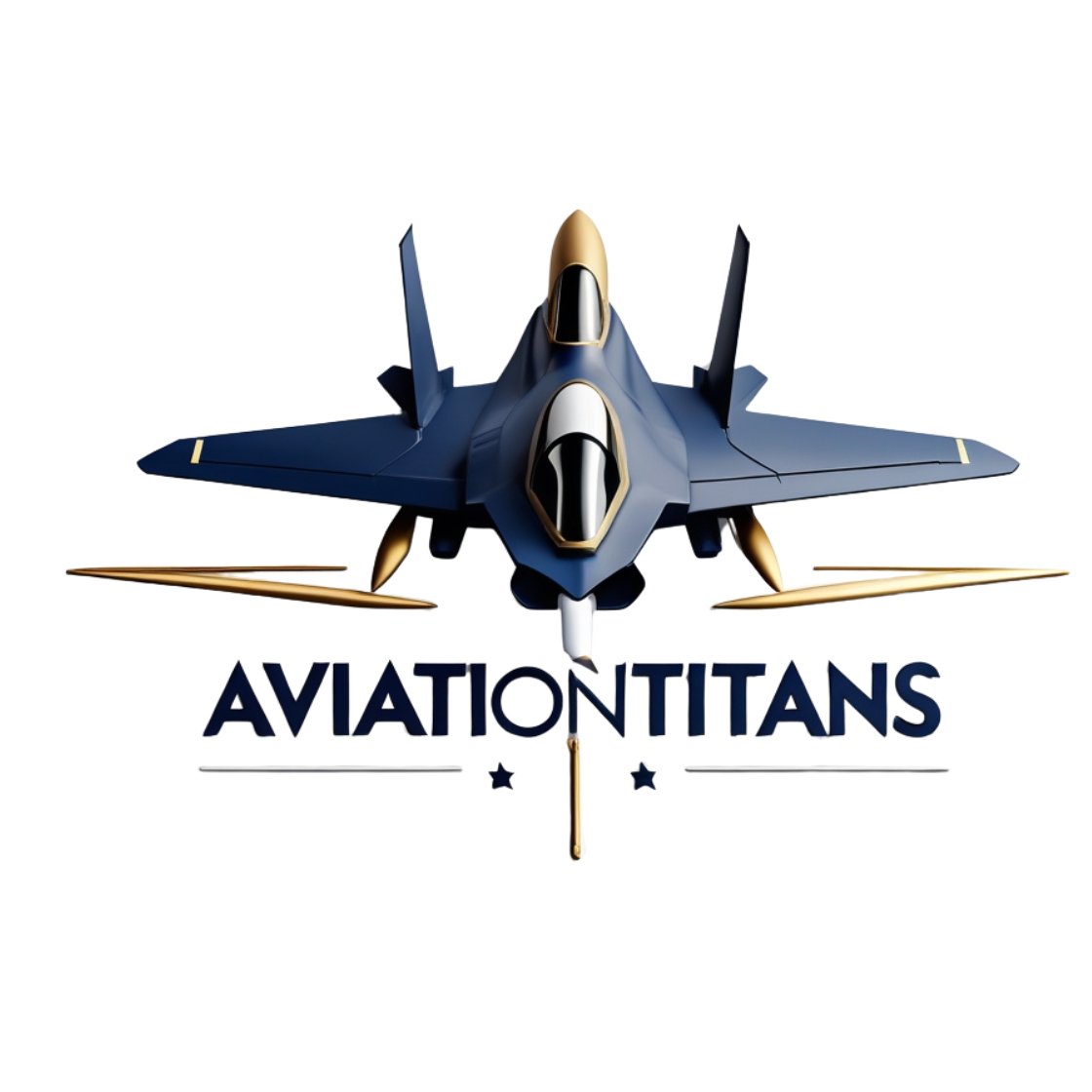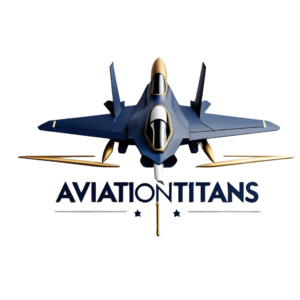The first time I climbed into a balloon basket at 5:15 a.m., the ground crew handed me a coffee and whispered the only forecast that matters: “Cool, steady, and dry.” They were right—light cat’s-paws on the grass, a gentle inversion holding the surface winds in check, and a sunrise slow enough to paint the valley twice. That’s ballooning in a nutshell. It isn’t about a single “best month” everywhere; it’s about picking the month when your destination most often delivers cool, stable dawns with low rain and tame winds. For most places, that means spring or autumn—April–May and September–October in the Northern Hemisphere—but local climate and festival calendars can tip the scales.
Below is the practical playbook I give friends and readers who want to maximize their odds of flying (and loving) a balloon ride, with clear destination picks, weather logic, and booking tactics you can use this week.
Why month matters (the simple weather truth)
Balloons thrive in stable air just after sunrise. Overnight cooling calms the boundary layer; once the sun warms the surface, mixing increases winds and bumps, so flights go early and rarely midday. Cooler months and dry spells = more flyable mornings. If your goal is “fewest cancellations,” shoulder seasons usually beat peak-heat months. Want the physics in plain English? The National Weather Service explains why mornings are calmer and why convective (bumpy) afternoons are a no-go for balloons.
From my experience: if your itinerary hinges on one balloon day, book two dawn slots back-to-back and plan to fly the first calm morning. Weather wins—build that into your plan.

Best months by iconic destinations (with local nuance)
Albuquerque, New Mexico (USA)
You can fly much of the year, but October is the bull’s-eye thanks to cool mornings and the world’s signature event: the Albuquerque International Balloon Fiesta—mass ascensions at sunrise, glows after dark, and wall-to-wall color. If you’re chasing spectacle plus high probability, this is it. Check official dates and field status at the Balloon Fiesta site.
Cappadocia (Türkiye)
Technically flyable year-round, but the highest-probability window is April–November. Winter brings magic (snow on the fairy chimneys) and more cancellations. For reliability + drama, I target late April–May or September–October. Local operators publish day-by-day status; start with an outfit that posts honest stats, like Cappadocia Balloon Tours.
Napa Valley & Sonoma (California, USA)
Think late spring to early fall. Summer dawns can be superb inland; the coastal marine layer sometimes creeps into low spots. Watch discussions a few days out via the NWS and book sunrise only.
Château-d’Oex & Chamonix (Alps)
January–February can be stunning: cold, dense air and glassy mornings. Flexibility is everything—fronts and mountain winds cancel flights more often than in shoulder seasons.
Luxor (Egypt)
The elegant, dependable pick is October–April. Mornings are cooler and calmer above the Nile’s west bank. Summer heat ramps thermal activity and holds.
Serengeti (Tanzania)
The June–October dry season pairs wildlife with steadier dawn conditions. Operators may fly outside those months when winds cooperate, but you’ll see more “no-go” mornings.
If you’re pairing a balloon ride with a broader trip, browse our route ideas in Aerial Tourism & Scenic Flights and check passenger-experience notes in In-Flight Experience Reviews to pick baskets and operators that match your style.
Northern vs. Southern Hemisphere (flip the calendar)
Seasons invert. Northern spring (April–May) maps to Southern October–November, and Northern autumn (September–October) maps to Southern March–April. If you’re “chasing cool dawns,” you can balloon comfortably somewhere almost every month of the year.
A quick, fictional case study: two dawns in Cappadocia
We booked two sunrise slots in early October. Day 1 greeted us with 4–6 kt surface winds, a shallow inversion, and clear skies—green light. Our pilot set a gentle climb to drift over Rose Valley, then settled into 200–300 feet AGL to “surf” a layer that carried us past Göreme. Day 2 was technically flyable but marginal: upper-level mixing threatened to bring 15–18 kt down by 8 a.m. We scrubbed and went hiking. The two-day plan paid off: one flawless flight instead of gambling a vacation on a coin toss.
What I’ve learned is: ask, “What are your wind and visibility limits, and which forecasts do you use?” Reputable teams reference official sources like the NWS in the U.S. or their national met office, plus on-site soundings.
Month-by-month at a glance (use this to pick your slot)
- January–February: Brilliant in deserts and mountains (cold, stable), but cancellations spike with fronts. Dress for sub-freezing launches.
- March: Transitional; improving odds in mid-latitudes, but spring winds can bump you into a backup day.
- April–May: Top tier for many Northern Hemisphere spots—cool dawns, greener views, lower storm risk than midsummer. Great for Cappadocia and U.S. interiors. Start with a reputable operator such as Cappadocia Balloon Tours if you’re heading to Türkiye.
- June–August: Sunrise is still flyable in many places, but heat ups gustiness and pop-up storms. Book first-light only.
- September–October: Top tier again—crisp air, clear mornings, and festival season (check Balloon Fiesta).
- November–December: Good in select warm-dry regions; elsewhere, storm tracks and stronger winds mean you need flexibility.
Safety baseline (what good operators follow)
In the U.S., pilots align with the FAA’s Balloon Flying Handbook for weather evaluation, go/no-go, and passenger briefings. If you like to read ahead, skim the weather and operations chapters in the FAA Balloon Flying Handbook; it’ll make the pre-launch brief feel familiar. And yes, sunrise is almost always your best bet—that’s straight out of the boundary-layer playbook the National Weather Service teaches.
Booking like a pro (and avoiding rookie mistakes)
- Two sunrises > one. Book consecutive mornings so a “no-go” doesn’t sink your trip.
- Pick shoulder seasons. Cool, dry months are king; festivals are magical but crowded—buy parking/transport early for events like Albuquerque.
- Ask the wind question. “What’s your surface wind cutoff and how do you measure it on site?” Listen for specifics, not hand-waving.
- Dress for the field, not the photo. Layers, hat, closed-toe shoes. Burners are warm up there; launch fields can be damp and chilly.

FAQs I get all the time
Is sunrise always best?
Nearly always, yes. Dawn stability gives pilots a clean window before mixing brings stronger winds down to the surface. See the NWS explainer on daily wind cycles.
Which single month is “best” worldwide?
There isn’t one. If you forced me to give a Northern Hemisphere answer, September–October usually balances cool mornings, clear air, and events like Albuquerque (check Balloon Fiesta). In some places, April–May is just as good—or better.
Do winter rides happen?
Absolutely. Desert and alpine flights can be magical in January–February—just expect more cancellations and dress warmly.
How often are flights canceled?
It depends on region and month. Good operators share seasonal “go rate” patterns; in Cappadocia, many quote April–November as the most reliable span (see local providers like Cappadocia Balloon Tours).
Any standards or safety materials I can check?
Yes—start with the FAA Balloon Flying Handbook if you’re flying in the U.S.
Sample “best months” itineraries
- April–May: Cappadocia + Turkish coast; Napa/Sonoma sunrise over vineyards (reserve early slots).
- September: Tuscany harvest vistas; UK’s Bath and Bristol for cityscapes in cool air.
- October: Albuquerque Fiesta week (mass ascensions, evening glows); Luxor’s cooler mornings return.
- January–February: Swiss Alps for snow panoramas; Arizona or Morocco deserts for crisp, clear dawns.
If you’re building a bigger trip around a balloon ride, scan more ideas in Aerial Tourism & Scenic Flights and check real passenger tips in In-Flight Experience Reviews.
There’s no universal “best month,” but there is a best month for your destination. Aim for shoulder season (cool, dry, calm at dawn), book sunrise with a backup morning, and choose an operator who quotes real weather limits from authoritative sources like the National Weather Service. If you want the big-show energy, time your trip to events like the Albuquerque International Balloon Fiesta; if you want the highest odds of flying, pick the calmest month on that destination’s calendar and keep the second morning open.







Offering multiple transportation choices, Houston to Galveston shuttles include private car, luxury options, and group services. Passengers can opt for black car, corporate, or express VIP shuttles, as well as cruise transfers, all designed to meet special event and airport travel needs.
Travel worry-free with Riverside to LAX Shuttle services designed for convenience and punctuality. We provide Riverside to LAX car service, LAX to Moreno Valley shuttle, and Riverside shuttle transfers. Perfect for business or leisure, our transportation from Riverside to LAX ensures a smooth and reliable airport experience.